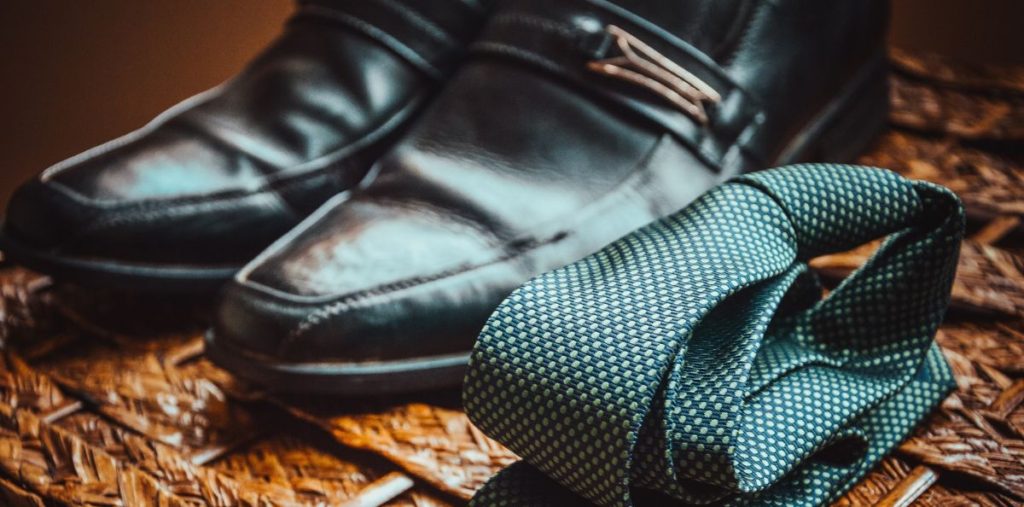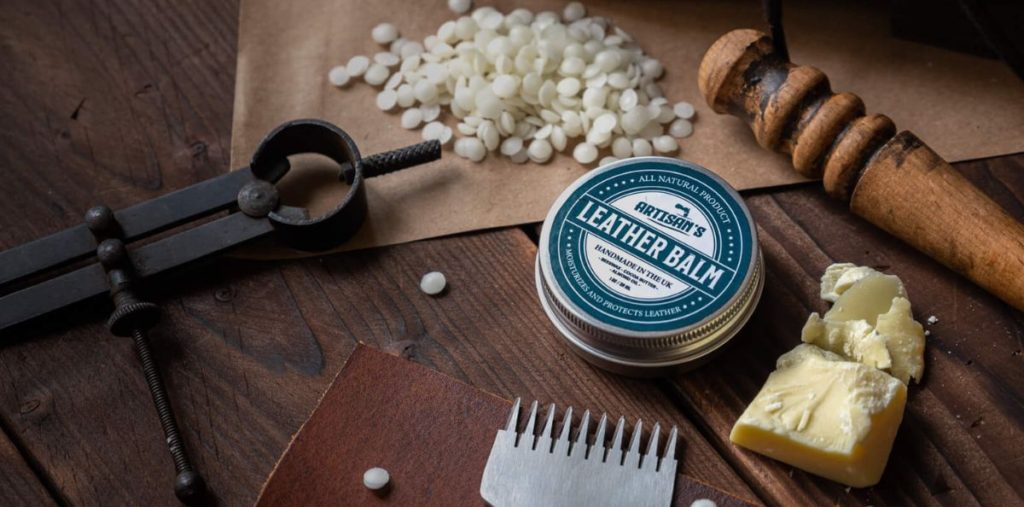Leather goods are a popular and valuable item in many households. Whether it’s a leather jacket, a purse, or a pair of boots, these items can last for years if they are properly taken care of. One of the key aspects of maintaining the quality and longevity of your leather goods is proper storage. In this article, we’ll provide you with tips and tricks on how to store your leather goods to prevent damage and wear and tear.
Table of Contents
- Why Proper Storage is Important
- Prepare Your Leather Goods for Storage
- Clean Your Leather Goods Before Storage
- Use Proper Containers for Storage
- Avoid Direct Sunlight and Humidity
- Keep Leather Goods in a Cool and Dry Place
- Don’t Fold or Hang Leather Goods
- Use Proper Support for Bags and Shoes
- Store Leather Goods Separately
- Rotate Your Leather Goods
- Check on Your Stored Leather Goods Regularly
- Avoid Using Plastic Bags for Storage
- How to Store Leather Jackets
- How to Store Leather Shoes
- How to Store Leather Handbags
1. Why Proper Storage is Important
Proper storage is important for leather goods for a number of reasons. First and foremost, it helps to prevent damage and wear and tear to the material. Leather is a natural material that can be easily damaged if it is exposed to sunlight, humidity, and other environmental factors. Proper storage can also help to preserve the shape and structure of leather goods, preventing wrinkles and creases from forming.
2. Prepare Your Leather Goods for Storage
Before storing your leather goods, it’s important to properly prepare them. This means removing any dirt, dust, or debris from the surface of the material. You can use a soft brush or cloth to gently wipe down the leather and remove any surface dirt.
3. Clean Your Leather Goods Before Storage
In addition to removing surface dirt, it’s important to clean your leather goods before storing them. This helps to prevent any stains or discoloration from forming over time. Be sure to use a leather cleaner that is specifically designed for the type of leather that your goods are made from. Apply the cleaner to a soft cloth and gently rub it onto the surface of the leather. Allow the cleaner to sit for a few minutes before wiping it away with a clean, dry cloth.
4. Use Proper Containers for Storage
When storing your leather goods, it’s important to use the right type of container. Avoid using plastic bags or containers, as these can trap moisture and cause damage to the leather. Instead, use a breathable container such as a cotton or canvas bag. This allows air to circulate around the leather, preventing mold and mildew from forming.
5. Avoid Direct Sunlight and Humidity
Direct sunlight and humidity are two of the biggest enemies of leather. Exposure to sunlight can cause the color of the leather to fade, while humidity can cause the material to become moldy or discolored. When storing your leather goods, be sure to keep them away from direct sunlight and in a place that is cooland dry. A closet or a drawer is a good option, as long as it is away from direct sunlight and humidity. Avoid storing leather goods in areas such as attics or basements, as these areas are often damp and can cause damage to the material.
6. Don’t Fold or Hang Leather Goods
Leather goods should never be folded or hung for long periods of time. This can cause wrinkles and creases in the material, which can be difficult to remove. Instead, store your leather goods flat or upright, depending on their shape and size.
7. Use Proper Support for Bags and Shoes
When storing leather bags or shoes, it’s important to use proper support to maintain their shape. For example, if you’re storing a leather purse, fill it with tissue paper to help it maintain its shape. For shoes, use shoe trees to help maintain the shape of the leather and prevent wrinkles and creases from forming.
8. Store Leather Goods Separately
It’s important to store your leather goods separately to prevent any damage or staining from occurring. For example, don’t store your leather shoes with your leather handbags, as the dye from the shoes could transfer onto the handbags. Instead, store each item separately in its own container.
9. Rotate Your Leather Goods
Rotating your leather goods is a great way to prevent wear and tear from occurring in one specific area. For example, if you have a favorite leather jacket, try not to wear it every day. Instead, rotate it with other jackets to prevent any one area from becoming worn or damaged.
10. Check on Your Stored Leather Goods Regularly
It’s important to check on your stored leather goods regularly to ensure that they are in good condition. Check for any signs of mold, mildew, or discoloration, and address any issues immediately.
11. Avoid Using Plastic Bags for Storage
As mentioned earlier, plastic bags should be avoided when storing leather goods. They can trap moisture and cause damage to the material. Instead, use breathable containers such as cotton or canvas bags.
12. How to Store Leather Jackets
When storing a leather jacket, be sure to hang it on a sturdy hanger that can support its weight. Avoid folding the jacket, as this can cause creases and wrinkles in the material. Store the jacket in a cool, dry place away from direct sunlight.
13. How to Store Leather Shoes
When storing leather shoes, be sure to clean and polish them before storing them. Fill them with tissue paper to help maintain their shape, and store them in a breathable container. Avoid storing shoes in areas with high humidity, as this can cause damage to the leather.
14. How to Store Leather Handbags
When storing a leather handbag, fill it with tissue paper to help it maintain its shape. Store it in a breathable container, and avoid stacking other items on top of it. If possible, store the handbag on a shelf rather than hanging it.
FAQs
- Q: Can I store my leather goods in a plastic container?
- A: No, plastic containers trap moisture and can cause damage to the leather. Use breathable containers such as cotton or canvas bags.
- Q: How often should I check on my stored leather goods?
- A: You should check on your stored leather goods regularly to ensure that they are in good condition. Check for any signs of mold, mildew, or discoloration, and address any issues immediately.
- Q: Can I fold my leather jacket for storage?
- A: No, folding a leather jacket can cause creases and wrinkles in the material. Hang it on a sturdy hanger that can support its weight.
- Q: Can I store my leather shoes in a shoebox?
- A: Yes, you can store your leather shoes in a shoebox, but be sure to fill them with tissue paper to help maintain their shape and avoid storing them in areas with high humidity.
- Q: Can I store my leather goods in a basement or attic?
- A: It’s not recommended to store your leather goods in a basement or attic as these areas tend to have fluctuating temperatures and humidity levels. It’s best to store your leather goods in a cool, dry place away from direct sunlight.
- Q: How do I remove wrinkles from my leather goods?
- A: To remove wrinkles from leather goods, place them in a warm, humid area, such as a bathroom, for a few minutes. Then, gently stretch and reshape the leather to remove any wrinkles or creases.
In conclusion, proper storage is essential for maintaining the quality and longevity of your leather goods. By following these tips and tricks, you can help prevent damage and wear and tear to your leather items. Remember to prepare your leather goods for storage, clean them before storing them, use proper containers, avoid direct sunlight and humidity, and check on your stored leather goods regularly. By taking care of your leather goods, you can ensure that they will last for years to come.


